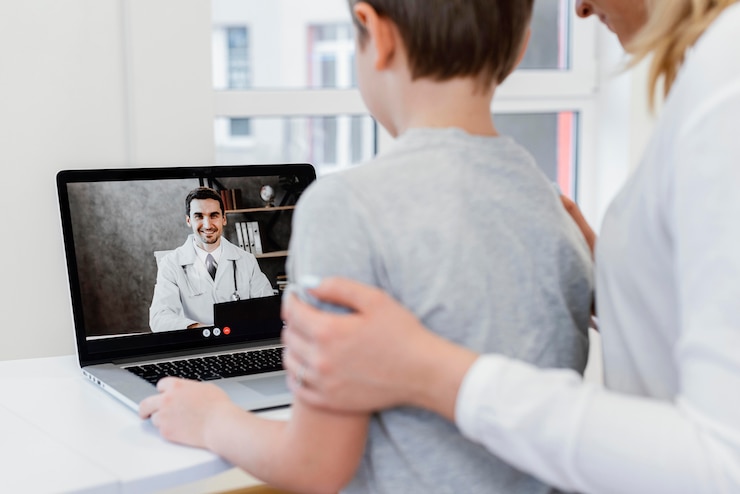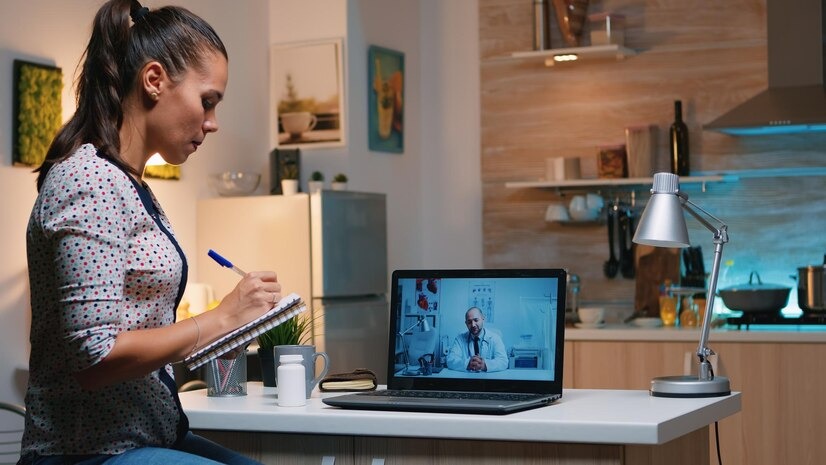From August 2020, when the project began, until January 2021, there were 440 consultations via telemedicine
Digital transformation and the use of technology in healthcare have the role of not only expanding access to care but also promoting improvements in people's lives. And this was precisely the objective of the Teleconsultations for Medical Consultations project, developed by L2D SAÚDE DIGITAL – a partner of Saúde Digital Brasil – in partnership with the National Penitentiary Department (DEPEN), to serve five federal penitentiaries, located in Brasília, Porto Velho, Catanduva, Campo Grande and Mossoró.
From August 2020, when the project began, until January 2021, 440 consultations were carried out via telemedicine. The advantage is that, in addition to being carried out at the exact moment of need, these remote consultations allowed for the early treatment of many diseases and solved many of the most common illnesses in these environments.
Before teleconsultation, whenever a need for referral was identified, it was necessary to orchestrate the patient's release safely, which could sometimes take a few days. In this way, the project not only brought agility and prevented cases from worsening, but also contributed greatly to reducing the financial costs of releasing inmates from their prison units. Thanks to the services online, travel is now only carried out when necessary, such as for diagnostic tests or in cases where the patient's condition requires hospitalization.
The services provided by the specialists, who received the patient's electronic medical records in advance, were always monitored by a doctor or nurse from the prison's health department. The specialties covered include Psychiatry, Clinical Medicine, Orthopedics, Urology, Cardiology, Pulmonology, Rheumatology, Dermatology and Gastroenterology.
To make the project viable and ensure consultations in a practical, objective and effective manner, the most modern and secure telemedicine tools were used. This includes cryptographic modules and databases of different levels for data security and privacy, both for patients and healthcare professionals working on the project. At the point of care, computers with access to the platform and audiovisual capture peripherals, such as microphone/audio and webcam.





